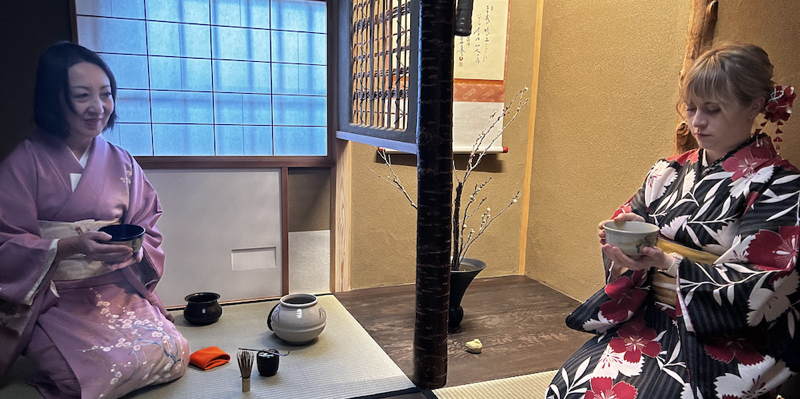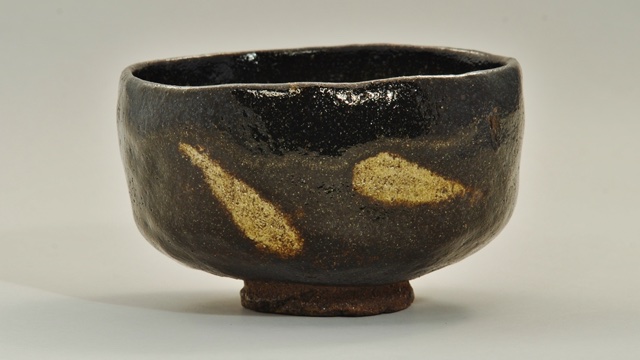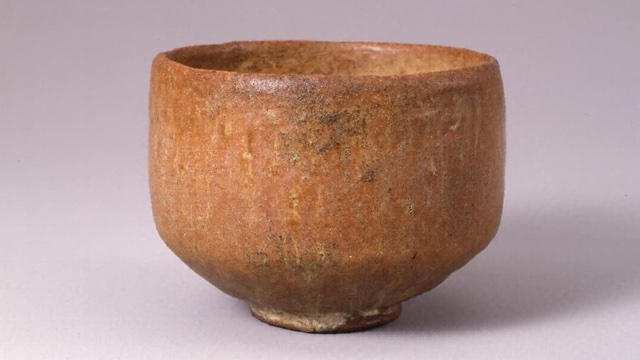
The Raku tea bowl is one of the indispensable tea utensils in the tea ceremony. It is also called "matcha bowl".
With the spread of the tea ceremony culture, many raku tea bowls for the tea ceremony have been made as traditional craft pottery in various parts of Japan.
This time, we will explain the knowledge of Raku tea bowls that you need to know to enjoy the tea ceremony, such as the characteristics of each production area of Raku tea bowls and the points when choosing them.
If you want to deepen your understanding of Raku tea bowls, or if you want to choose Raku tea bowls for tea ceremony, please refer to them!
Hand-kneaded soft pottery originated from Kyoto Raku family. Also called '1st Raku 2nd Hagi 3rd Karatsu', it is known as a famous tea pottery along with Hagi (Hagi pottery) and Karatsu (Karatsu pottery).

Black Raku is coated with black glaze and fired at a high temperature of over 1,000℃. Kokuraku's glaze is made from natural Kamogawa stone, and the deep black color is obtained through the iron content of the stone and the technique of "drawer black," which is taken out of the kiln immediately after firing. I believe that black, which represents nothingness, more expresses the spirituality of Rikyu's wabi hidden within.

Akaraku was fired at a low temperature using the yellow clay "Juraku-do" collected from the vicinity of Jurakudai at the time. Rather than crimson, the slightly reddish brown skin is reminiscent of the color of the soil itself. This color is thought to be due to the iron content in the clay (or overlying clay), and the glaze is almost transparent, giving it a rustic warmth overall.